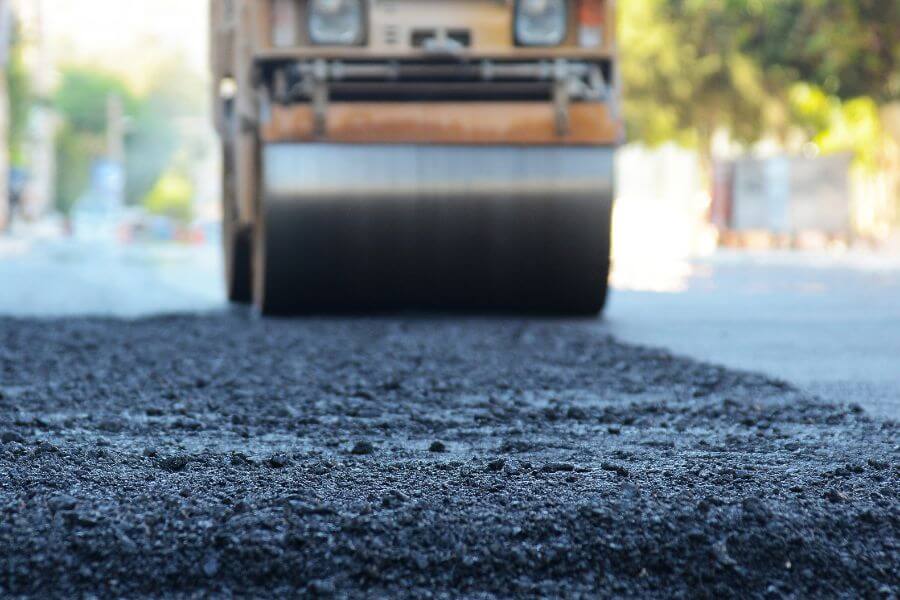In America it is estimated that 23.1% of individuals between the ages of 65 -74 and 35.9% of those aged 75 or over do not partake in any physical activities, these figures will likely be similar for the UK. In America it has also been found that those who partake in an active lifestyle may be able to increase the amount of time they can remain active and maintain a level of independence for much longer in comparison to if they lead inactive lifestyles.
As we get older it may become more difficult to maintain an active lifestyle and this can be a result of a number of factors. However by remaining as active as possible throughout elderly life an individual can receive a number of benefits as a result. In a recent British Medical Journal (BMJ) article it is stated that physical activity has well documented health benefits. Population level studies have shown that people who exercise enjoy a higher quality of life and improved health status compared with those with sedentary behaviours, with subsequent reductions in their risk of admission to hospital. The BMJ article, also, refers to a study that shows little outcome difference between taking drugs and doing exercise when dealing with heart conditions and the prevention of diabetes.
How Can Staying Active Help?
There are a number of benefits that maintaining an active lifestyle can have on an elderly individual in a number of different ways. For example physical benefits of remaining active in old age include: reducing the impact of chronic illness or disease, maintaining a healthy weight, and it can also enhance mobility, flexibility and balance.
Maintaining an active lifestyle can ensure that elderly individuals are healthy, and it can also help them to maintain independence for much longer in comparison to those who remain sedentary. For example by partaking in some physical activity each week an individual is more likely to be able to maintain a healthy weight, and this can have an extremely positive impact on their overall health and well-being, as it can reduce the likelihood of individuals developing health problems associated with obesity or sedentary behaviour.
An active lifestyle can also provide benefits to an individual’s mental health and these include: improving sleep, boosting confidence and self-esteem, and exercise can also improve brain function. This in turn can have a positive impact on an individual’s overall health and well-being, and this may also help an individual to remain active for longer because it would give them the confidence to get out and do the activities that they enjoy.
Ways Of Staying Active
There are a number of ways in which an elderly individuals can stay active and these can include: walking, cycling, domestic work, gardening, Tai Chi, and swimming. By aiming to complete 150 minutes of moderate intensity exercise each week, an elderly individual will be able to remain independent for much longer in comparison to leading a sedentary lifestyle.
Home Care And Active Lifestyles
Through implementing a Home Care package, an elderly individual can be supported in a number of different ways in order to maintain an active lifestyle. For example a care worker can help an individual to stay active by encouraging them to go out for walks on a regular basis. This can be extremely beneficial for an individual because it allows them to get out and take exercise, with the confidence that they are being supported, and are safe. Another way in which a care worker can help an elderly individual to maintain an active lifestyle is by encouraging them to go on outings. This can be undertaken as a form of support work in order to assist an individual to partake in the activities that they enjoy doing, which in turn can help to increase an individual’s confidence and self-esteem. Care workers can also support individuals to complete any exercises that may have been provided by doctors or physiotherapists, and these can help to improve an individual’s strength, flexibility and balance.

:max_bytes(150000):strip_icc()/house-cleaning-schedule-for-every-day-3129149-06-b23eacd9ef3a41fc833c68e095b34c72.jpg)



More Stories
How to Treat Eye Floaters With 4 Simple Lifestyle Changes
Surprising Healthier Lifestyle Choices You Can Make
Lifestyle Changes For Anti Aging Skin